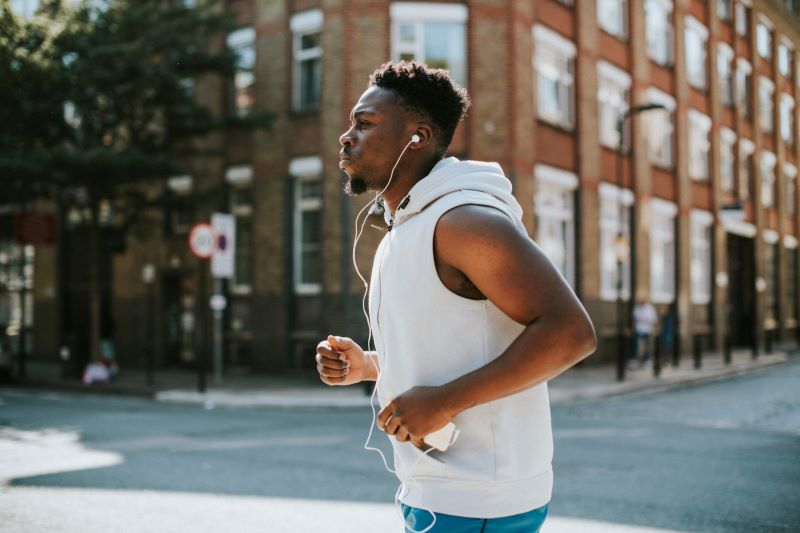Sexual health education is a critical component of a comprehensive education that equips young people with the knowledge and skills to make informed decisions about their sexual and reproductive health. For LGBTQIA+ (Lesbian, Gay, Bisexual, Transgender, Queer, Intersex, Asexual, and other identities) youth, there are specific considerations that educators and policymakers must address to ensure inclusivity and relevance in sexual health education programs.
Unique Challenges Faced by LGBTQIA+ Youth
- Lack of Inclusivity in Traditional Curriculum: Traditional sexual health education often fails to adequately address the needs and experiences of LGBTQIA+ youth. Many curricula focus predominantly on heterosexual relationships and cisgender identities, excluding the diverse spectrum of sexual orientations and gender identities.
- Higher Rates of Risky Behaviors: LGBTQIA+ youth may engage in riskier sexual behaviors due to a lack of comprehensive sexual health education tailored to their needs. This can lead to higher rates of sexually transmitted infections (STIs) and unintended pregnancies among this demographic.
- Mental Health Impact: Stigmatization, discrimination, and a lack of acceptance can contribute to mental health challenges for LGBTQIA+ youth. A holistic sexual health education approach must address not only physical health but also the mental and emotional well-being of these individuals.
Despite the unique challenges facing LGBTQIA+ youth when it comes to sexual health education, there are ways to make it more inclusive and beneficial for all individuals, regardless of their sexual orientation or gender identity. The following are some best practices for LGBTQIA+ inclusive sexual health education.
Best Practices for LGBTQIA+ Inclusive Sexual Health Education
- Inclusive Language: Utilize inclusive language that acknowledges and respects diverse sexual orientations and gender identities. This creates an affirming and supportive environment for LGBTQIA+ youth. Some examples of inclusive language are using terms such as “different/varied sexual orientations” instead of implicitly assuming heterosexuality, referring to “gender identity” and “gender expression” to recognize and respect different gender identities, and saying “partner” or “significant other” instead of assuming the gender identity of one’s partner with terms like “boyfriend” or “girlfriend.”
- Diverse Representation: Incorporate diverse representations of relationships, including LGBTQIA+ examples, in educational materials. This helps normalize different identities and relationship experiences.
- Inclusive Comprehensive Sexuality Education (CSE): Advocate for and implement comprehensive sexuality education that covers a broad range of topics, including consent, communication, and healthy relationships, while being inclusive of LGBTQIA+ experiences.
Addressing the unique needs of LGBTQIA+ youth in sexual health education is essential for promoting their overall well-being. By adopting inclusive practices, using affirming language, and acknowledging the diversity of sexual orientations and gender identities, educators can contribute to creating a safer and more supportive environment for all students.
For more information on this topic, please read these publications from the ISSM Journals: The Journal of Sexual Medicine, Sexual Medicine Reviews, and Sexual Medicine Open Access:
Sex Education for Transgender and Non-Binary Youth: Previous Experiences and Recommended Content
TranZap: A Transgender Resource for Identifying Gender-Affirming Providers
References:
Centers for Disease Control and Prevention. (2019). HIV and Youth.
Institute of Medicine. (2011). The Health of Lesbian, Gay, Bisexual, and Transgender People: Building a Foundation for Better Understanding. National Academies Press.
Kosciw, J. G., Greytak, E. A., Palmer, N. A., & Boesen, M. J. (2014). The 2013 National School Climate Survey: The experiences of lesbian, gay, bisexual and transgender youth in our nation’s schools. GLSEN.
McGuire, J. K., Anderson, C. R., Toomey, R. B., & Russell, S. T. (2010). School climate for transgender youth: A mixed method investigation of student experiences and school responses. Journal of Youth and Adolescence, 39(10), 1175-1188.
Mustanski, B., & Fisher, C. B. (2016). HIV rates are increasing in gay/bisexual teens: IRB barriers to research must be resolved to bend the curve. American Journal of Preventive Medicine, 51(2), 249-252.
UNESCO. (2018). International technical guidance on sexuality education: An evidence-informed approach.
You may also be interested in...
Other Popular Articles

What Is Jelqing, and Does It Actually Work?
The term “jelqing” refers to a set of penis stretching exercises that some believe can make the penis bigger. Although the practice has gained attention and popularity in blogs and internet forums in recent years, there is no scientific evidence that it is an effective way to permanently increase the size of one’s penis. In fact, in some cases, jelqing may actually cause damage to the penis, so it is a good idea to get all the facts before setting off to try it.

What Is Sensate Focus and How Does It Work?
Sensate focus is a technique used to improve intimacy and communication between partners around sex, reduce sexual performance anxiety, and shift away from ingrained, goal-oriented sexual patterns that may not be serving a couple.

What Is the Average Penis Size?
If you have ever wondered how your penis compares to others in terms of size, you are not alone. Many men are curious to know how their penises stack up compared to the average. Unfortunately, general curiosity can sometimes give way to full-on obsession and anxiety about penis size. This can be an unhealthy and often unnecessary fixation, especially because most men who think their penises are too small have perfectly normal-sized penises.

Can Sex Reduce Menstrual Cramps?
The SMSNA periodically receives and publishes ‘guest editorials.’ The current article was submitted by Mia Barnes, a freelance writer and researcher who specializes in women's health, wellness, and healthy living. She is the Founder and Editor-in-Chief of Body+Mind Magazine.
Having sex while you experience menstrual cramps is healthy and can provide significant benefits. While it might not be the first activity that comes to mind when your PMS or period cramping begins, many people enjoy sex to reduce menstrual cramps, experience increased pleasure and benefit from other advantages. Learn more about having sex while menstrual cramps are happening and how it can help your body.

What Is Edging and Why Do People Do It?
Edging is the practice of stopping sexual stimulation before reaching orgasm to prolong a sexual experience. The term stems from the concept of approaching the metaphorical “edge” of orgasm but stopping before going over the edge.

The Effect of Regular Aerobic Exercise on Erectile Function
Erectile dysfunction (ED) is the inability to achieve or maintain an erection sufficient for satisfactory sexual activity. As men get older, their erectile functioning may naturally decline due to changes in testosterone levels, cardiovascular functioning, and the potential development of other chronic medical conditions that become more common with age.


